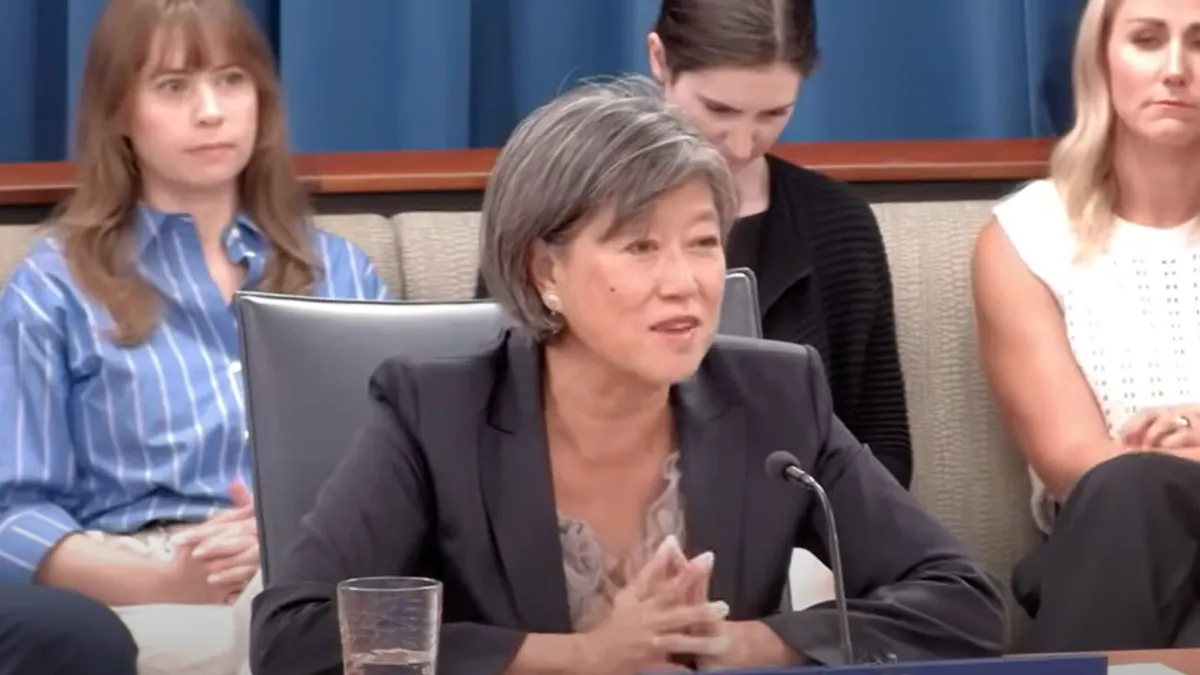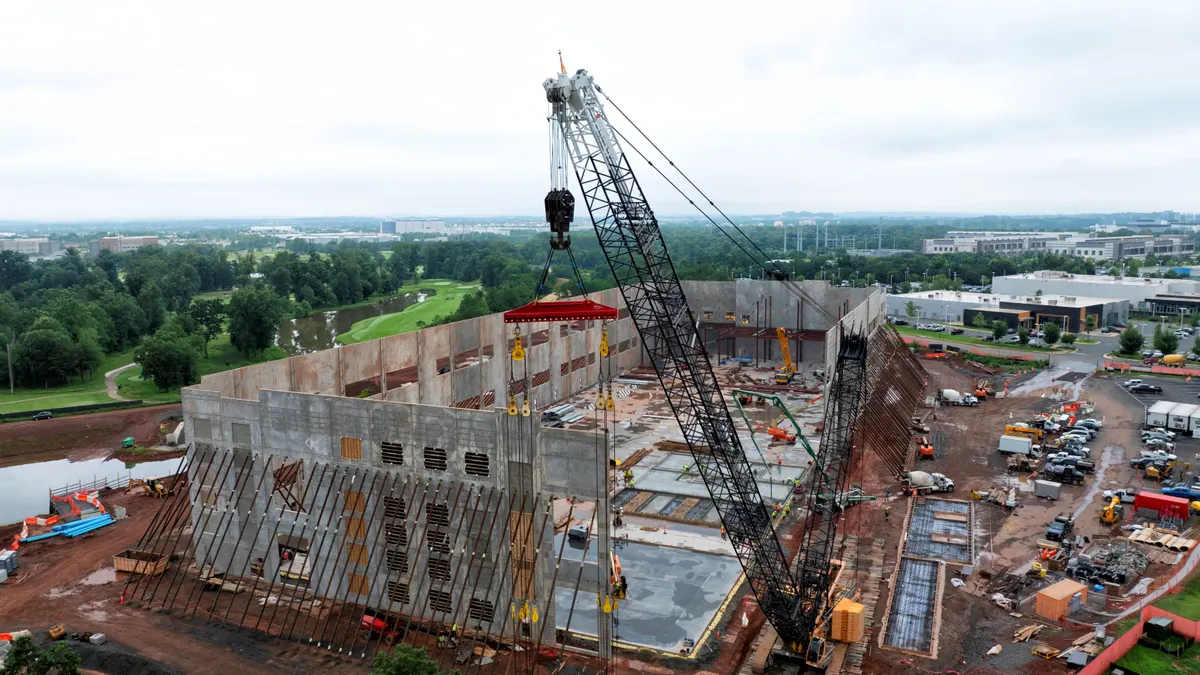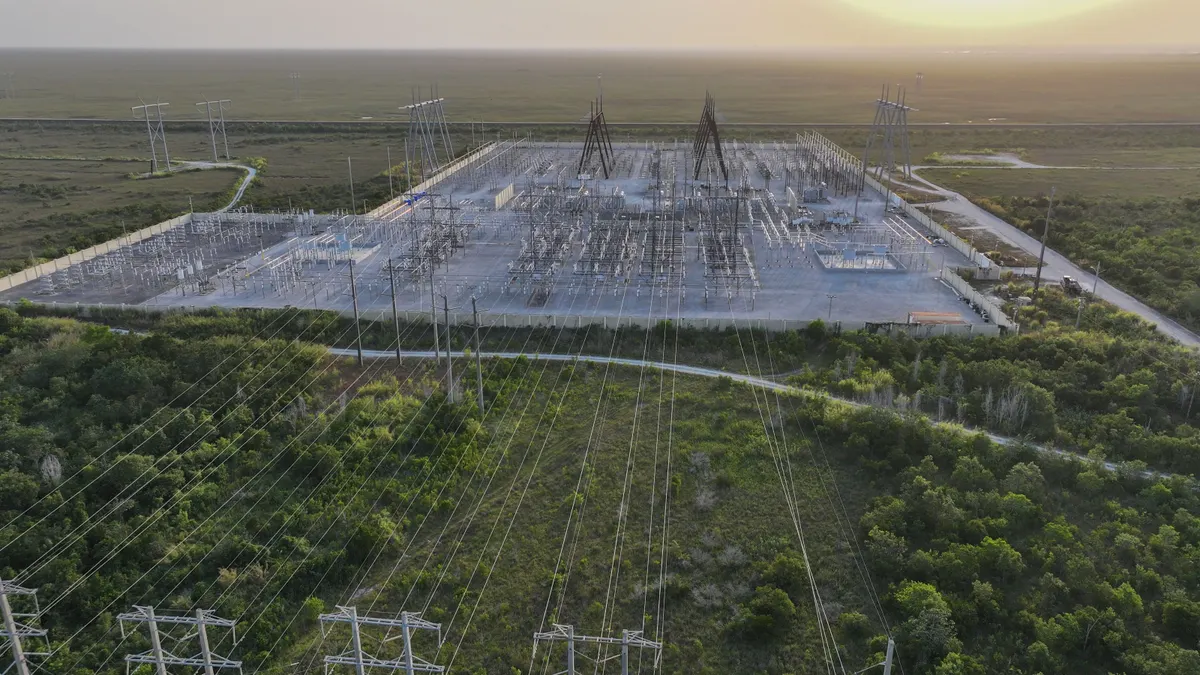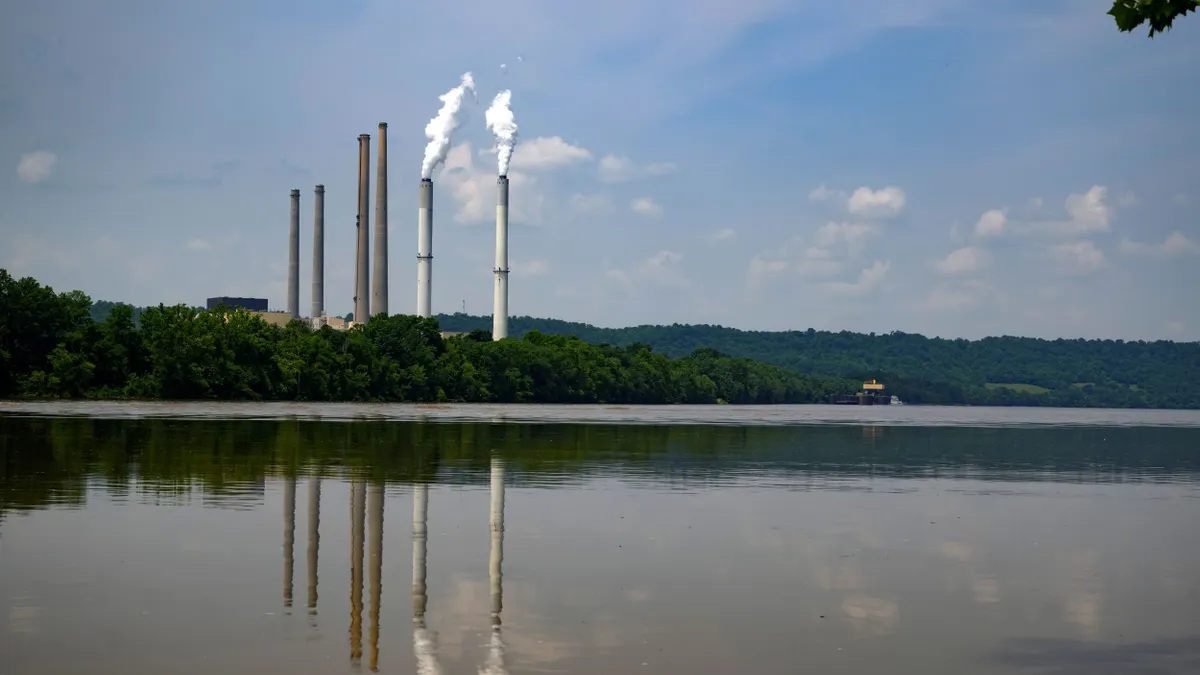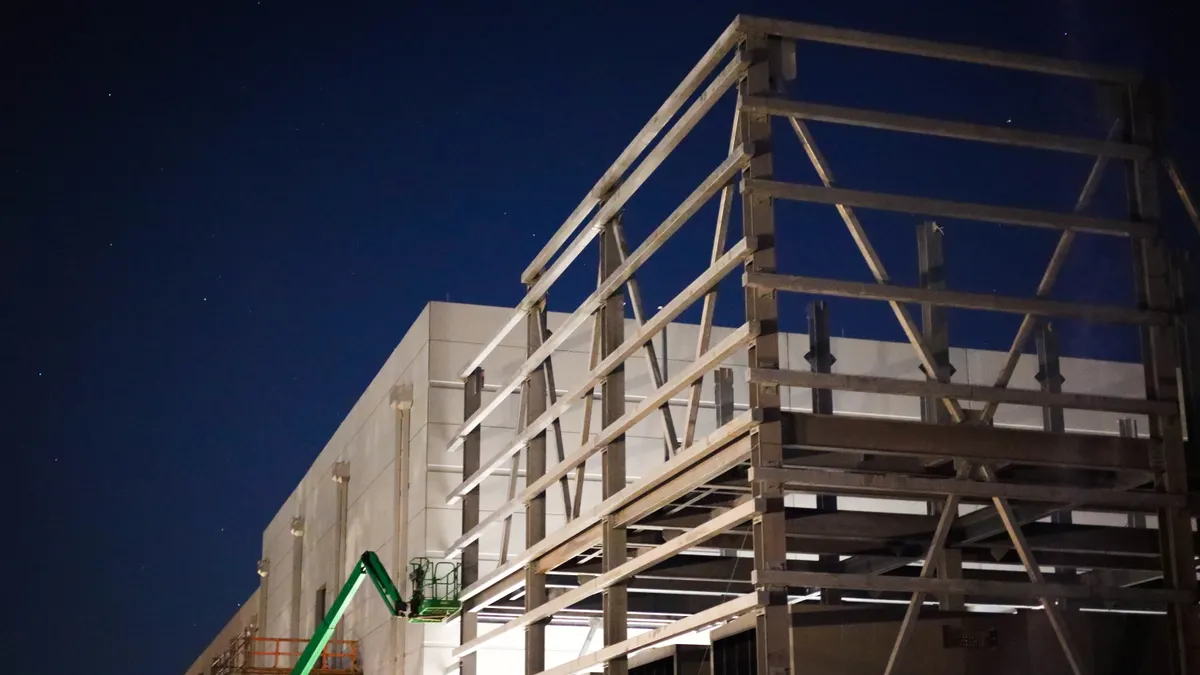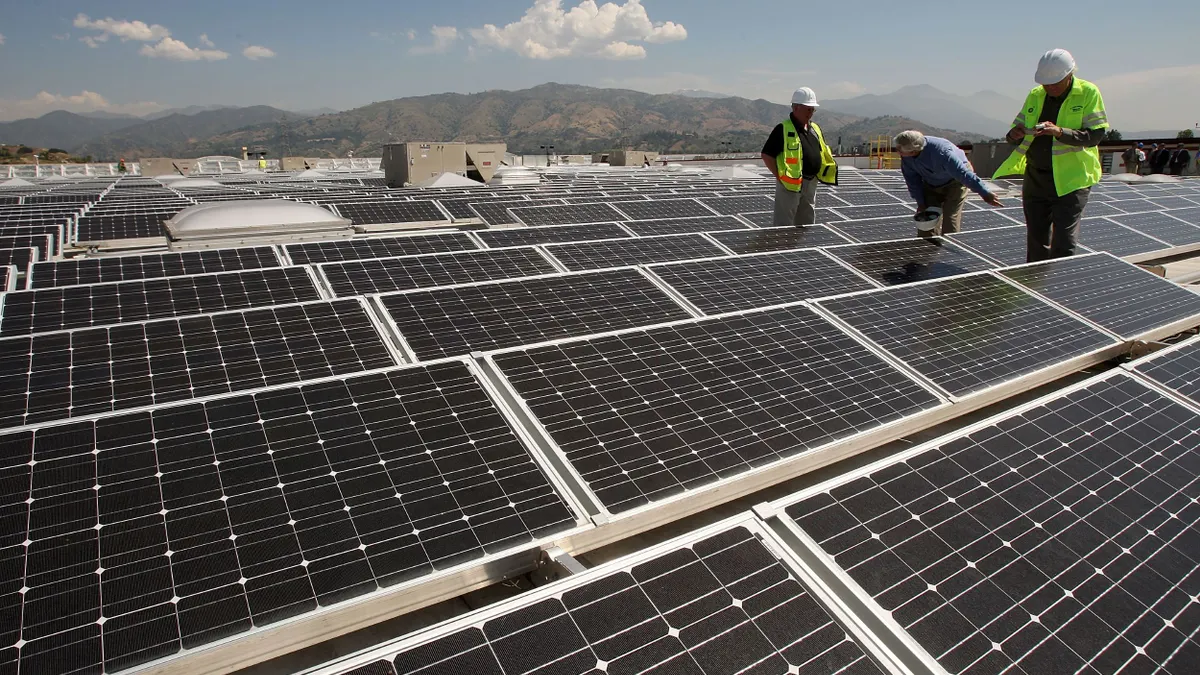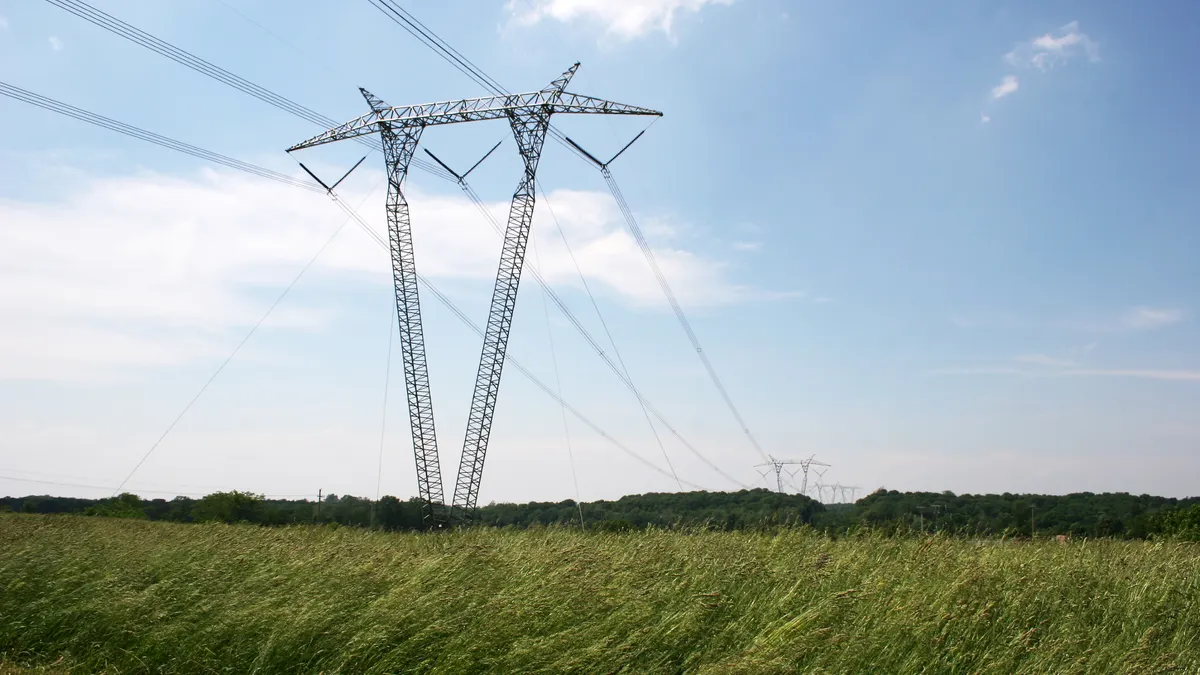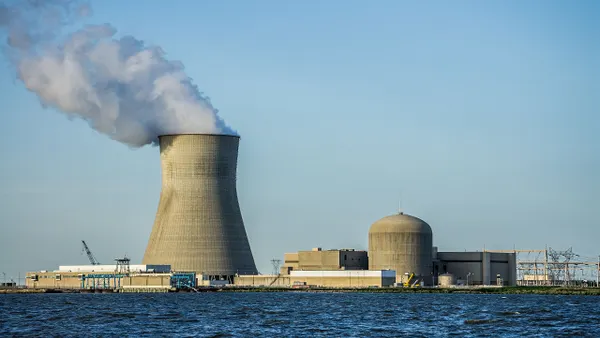Judy W. Chang is a commissioner of the Federal Energy Regulatory Commission. Steven Wellner and Kathleen Ratcliff serve as her advisors. The views expressed in this article are those of the authors and do not reflect the views of other FERC commissioners or any stance of the agency.
Generational change is occurring in the nation’s energy sector. While FERC is considering urgent short-term fixes, it also must evaluate longer-term solutions that shape the sector. One solution that meets this era of change is the integration of transmission planning and interconnection processes.
The current challenges facing the electric industry are multifaceted, with compounding effects. Rapid and accelerating load growth, backlogged interconnection queues, limited regional/interregional transmission buildout, ongoing supply chain issues and increasingly frequent extreme weather events are exacerbating reliability concerns and raising electricity bills for consumers.
States, utilities, grid operators, customers, and market participants grappling with these challenges are exploring short-term fixes, some of which call into question the open-access principles and market constructs this country has used to plan and build the grid’s infrastructure to date.
Open access and competitive wholesale electricity markets have been our bedrock principles because they have delivered real value to customers: They have kept energy costs affordable, met customers’ needs efficiently and ensured those who create the need for new infrastructure bear their fair share of the associated costs.
The question, then, is what reforms can meet our current demands while preserving the benefits of open access and competition? The answer is clear: Modernizing, harmonizing, and integrating our transmission planning and interconnection processes can meet those challenges.
Dramatic load growth is on the horizon
The biggest issue facing the industry is the expectation of rapid, dramatic load growth in the near term.
While previous circumstances that have driven load growth were largely distributed throughout the country, new load growth represented by data center additions is likely to be concentrated in certain geographic areas. This type of load growth could induce significant local system impacts, but the pace of growth, and where that growth will occur, are difficult to accurately project in system-wide plans.
Open access and wholesale electricity markets under FERC’s jurisdiction are under pressure as this rapid load growth compounds pre-existing stressors.
Meeting the expected load growth will require the interconnection of a substantial amount of new generation alongside major transmission infrastructure buildout. FERC, states, and industry participants face foundational questions about how to meet this moment: How do system planners analyze new load additions, how do they prioritize project development and construction and how are costs allocated among parties that benefit from new generation and transmission?
These are hard questions playing out at the retail and wholesale level throughout the country.
The stakes are high because failure to responsibly, reliably, and cost-effectively meet new demand potentially impacts all customers. Retail customers could face higher prices, including from potential stranded investments; uncoordinated connection of new loads could exacerbate reliability risks; the grid’s inability to accommodate necessary data center growth could prevent us from realizing artificial intelligence’s potential benefits; or data centers could abandon grid interconnection and take needed generation off systems that rely on it.
Interconnection bottlenecks are hindering market response
Nearly 30 years ago, FERC issued Order No. 888, which established a building block of the modern electric grid: open, nondiscriminatory access to the transmission system. In Order No. 2003, the Commission extended that principle to the generator interconnection process. Open access has supported the expansion of wholesale market competition, increasingly through organized regional markets, on which a sizable majority of the American people rely to deliver reliable and affordable power.
At the core, well-functioning wholesale markets depend on the collective ability of investors to bring new, economic resources onto the system, both to replace retiring resources and to meet new demand. Interconnection queues are the single biggest bottleneck for getting new generation online, however. The median time for an interconnection request to move through the queue has jumped from less than two years during the early 2000s to around five years today. Markets are strongly signaling that new generation is needed, but because of these delays, a supply resource investor would have had to join the queue years ago to be able to respond.
While FERC has reformed the interconnection processes through Order Nos. 2023 and 845, the length of the rulemaking and compliance process has rendered those actions useful and necessary, but no longer innovative. RTOs have submitted – and the Commission has approved – proposals that accelerate certain generation projects through the interconnection process. These proposals are in tension with the Commission’s historic open access policies, however, and they raise the question of how FERC can uphold those policies and support well-functioning competitive markets while meeting the load growth challenge. The answer to preserving these foundational principals is better system planning.
Short-term needs are overtaking long-term planning
We know that when transmission system planners have the necessary data and resources to conduct long-term planning, it yields substantial benefits for customers. That principle is at the core of the Commission’s regional transmission planning reforms, including Order No. 1920. However, many stakeholders rightfully continue to emphasize that long-term planning is not a replacement for near-term planning, which must address facility replacements, reliability-related upgrades and upgrades constructed to interconnect new generation.
Because the near-term need is so great, system planners are understandably devoting as many resources as they can to meeting it, which may be to the detriment of the system’s long-term planning needs.
We cannot stay in crisis mode forever. Planning for the longer term, while also accounting for near-term drivers, is key to maximizing benefits to ratepayers.
Insufficient long-term planning for transmission system buildout is having an immediate impact on interconnection costs now, when the country desperately needs new, cost-effective generation. Interconnection customers with real proposed generators may experience unpredictable and significant cost increases – sometimes as much as hundreds of millions of dollars – halfway through the interconnection process. Those costs can lead to generation project withdrawals, cascading restudies, and further exacerbation of delays. Even the fastest interconnection study processes cannot solve this recurring and inefficient approach to connecting new resources to the grid.
Integrate transmission planning and interconnection processes
The grid is a single machine; it should not be planned and constructed in a piecemeal fashion by reacting to interconnection customers. Planning and constructing the system with an eye to both replacing aging infrastructure and meeting the needs of new generation will provide substantial efficiencies and cost savings for consumers.
With an integrated process, interconnecting resources would have more cost certainty, which should facilitate better decisions about proceeding with planned projects, both reducing queue volume and project churn. Such a process will, in turn, reduce interconnection queue timelines, allowing new resources to more quickly respond to demand growth and related price signals from markets.
While the Commission took limited steps to harmonize the two in Order No. 1920, entities in the electric sector — both public and private — can and should do more.
For instance, our grid planners, particularly the RTOs/ISOs that serve more than two thirds of the country, must truly optimize the grid that we have today, such as by using cutting-edge technologies when building out the network. Order Nos. 2023, 1920 and 881 moved the ball forward in this respect by requiring transmission developers to consider the use of advanced technologies and requiring changes to make better use of the existing grid. Utilities need not wait until full implementation of those orders to integrate these types of technologies into their planning practices.
Improving the integration of transmission planning and interconnection processes can be a substantial undertaking, particularly given the competing demands on system planners’ time, such as looming compliance obligations for Order No. 1920. Ideally, this integration would happen at the regional and interregional levels, rather than locally. Given the wide-ranging benefits of an integrated approach, RTOs/ISOs are best equipped to lead on designing and implementing coordinated and consolidated processes. Ultimately, the details matter greatly; any integration of the transmission planning and generation interconnection processes must continue to satisfy open access standards, and any reforms and advancements should provide substantial benefits to customers.
The core responsibility of electricity grid regulators, planners, and operators is to ensure that the lights stay on at a price customers can afford. Maintaining disparate planning processes for the wires needed to deliver power increases costs and delays of building new resources when we cannot afford them.
The sooner we effectively harmonize those processes, the faster we can build the transmission and generation infrastructure needed to protect customers against sustained high prices, power data centers that will drive the AI revolution and ensure that our grid is reliable and resilient, even as it substantially expands. In the process, we can sustain the real benefits that open access and competitive markets provide to customers rather than compromising them in response to the exigencies of the moment.


